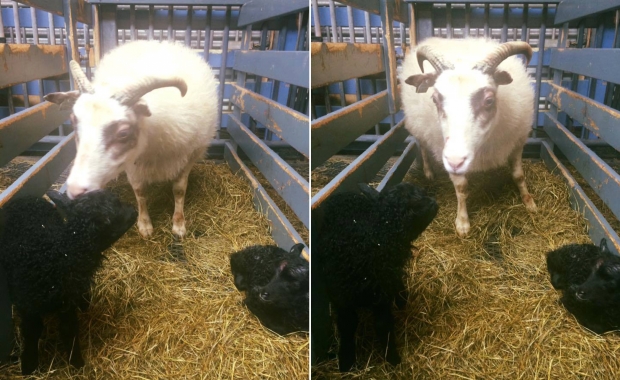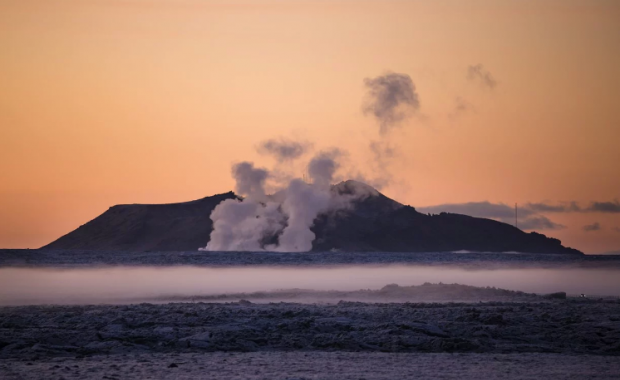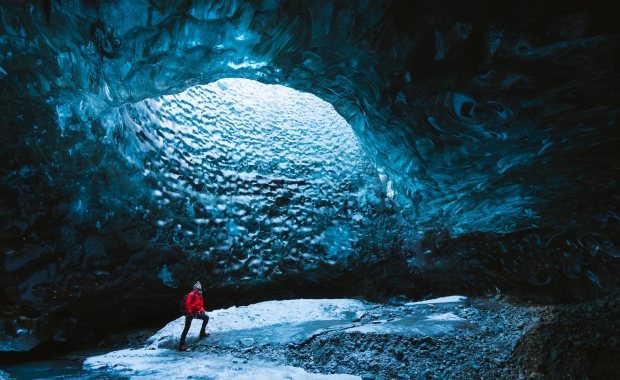The lambing season has begun in the small but great Reykjavík Petting Zoo in Laugardalur valley. The zoo's flock of sheep grew bigger last night when Bílda the ewe gave birth to two lambs last night (11 May). They will soon be joined by other new members to the flock as the other ewes are due any day now.
Multiple births are very common in Icelandic ewes. When farmers set their animals free, a few weeks after the lambing, most of ewes head to the mountain pastures with two lambs, some even three or four. The sheep graze on the rich and nourishing vegetation in the mountains until autumn. Then farmers round-up their flocks, usually on foot or horseback with the assistance of sheepdogs.
The only type of sheep in Iceland is the native northern European short-tailed sheep brought there by the settlers, the Vikings, 1100–1200 years ago. It is a strong, hardy race, which has been bred, in a very harsh environment. The race was formerly common in northwestern Europe, but can now only be found in very few areas of the world.
The fleece of the sheep is dual-coated and comes in white as well as a variety of other colors, including a range of browns, grays, and blacks.
May is a great time to stop by at the Reykjavík Petting Zoo, to witness the newborn lambs taking their first tiny step into the outside world. The zoo is centrally located in Reykjavík and only a 20 to 25 minutes walk away from the downtown area. If walking is not your thing it's a short ride in a taxi or by a bus.
The lambing season has begun in the small but great Reykjavík Petting Zoo in Laugardalur valley. The zoo's flock of sheep grew bigger last night when Bílda the ewe gave birth to two lambs last night (11 May). They will soon be joined by other new members to the flock as the other ewes are due any day now.
Multiple births are very common in Icelandic ewes. When farmers set their animals free, a few weeks after the lambing, most of ewes head to the mountain pastures with two lambs, some even three or four. The sheep graze on the rich and nourishing vegetation in the mountains until autumn. Then farmers round-up their flocks, usually on foot or horseback with the assistance of sheepdogs.
The only type of sheep in Iceland is the native northern European short-tailed sheep brought there by the settlers, the Vikings, 1100–1200 years ago. It is a strong, hardy race, which has been bred, in a very harsh environment. The race was formerly common in northwestern Europe, but can now only be found in very few areas of the world.
The fleece of the sheep is dual-coated and comes in white as well as a variety of other colors, including a range of browns, grays, and blacks.
May is a great time to stop by at the Reykjavík Petting Zoo, to witness the newborn lambs taking their first tiny step into the outside world. The zoo is centrally located in Reykjavík and only a 20 to 25 minutes walk away from the downtown area. If walking is not your thing it's a short ride in a taxi or by a bus.







